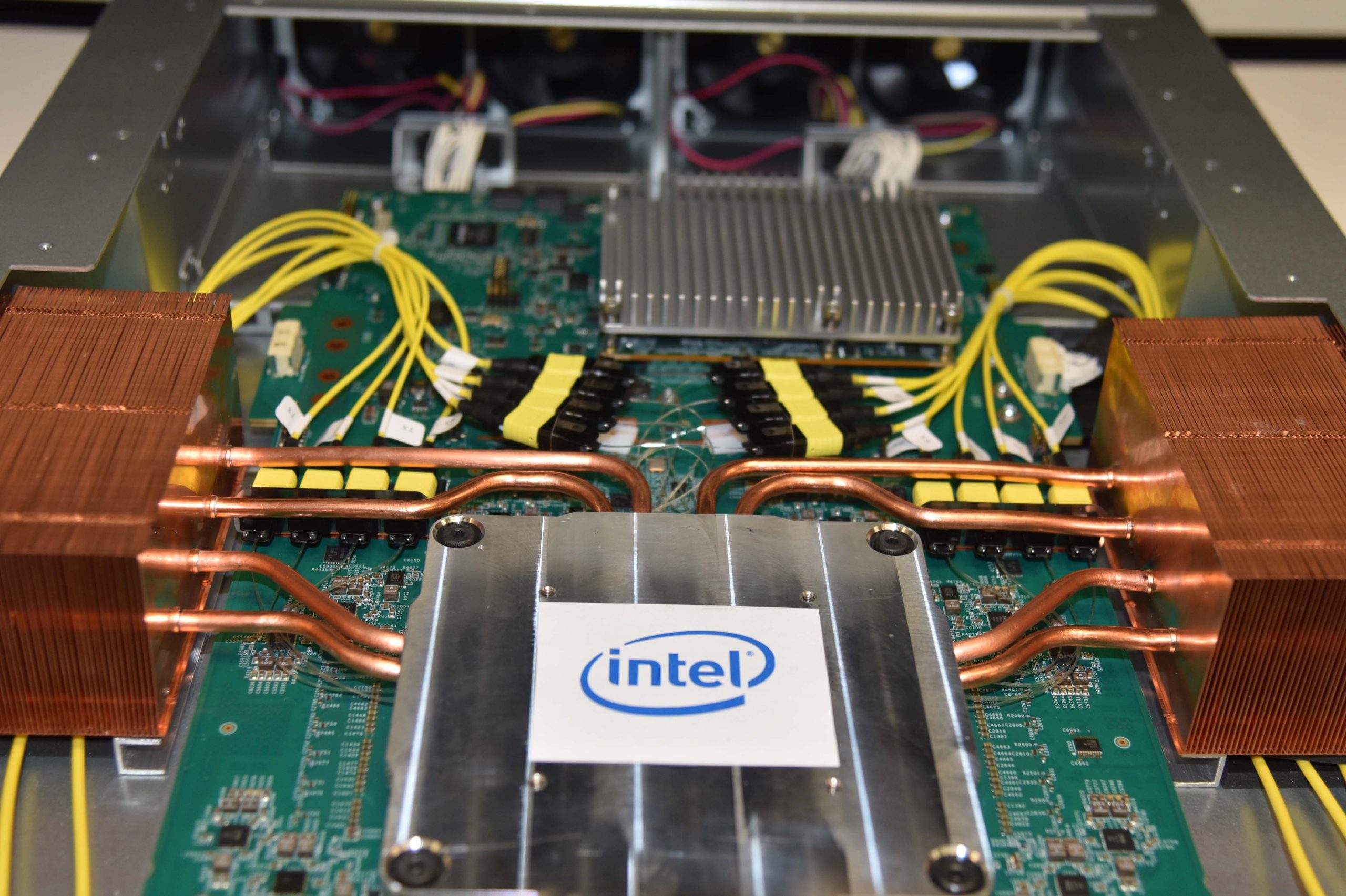
Intel Sunsets Network Switch Biz, Kills RISC-V Pathfinder Program

Intel’s disastrous Q4 2022 earnings found the company losing $661 million and its margins crashing to the lowest point in decades, so it isn’t surprising that the company announced new cost-cutting measures. That includes news that it would no longer invest in new products for its networking switch business, effectively sunsetting the unit much like it recently decided to end its Optane Memory business. Surprisingly, Intel also pulled the rug from under its respected RISC-V Pathfinder program without a formal announcement, raising questions about its commitment to its other broad investments in the RISC-V ecosystem.
“NEX continues to do well and is a core part of our strategic transformation, but we will end future investments in our network switching product line, while still fully supporting existing products and customers,” said Intel CEO Pat Gelsinger. “Since my return, we have exited seven businesses, providing in excess of $1.5 billion in savings,” he added. However, Gelsinger also noted that he is still doing a thorough analysis across Intel’s portfolio to look for other cost-saving measures in areas that don’t generate strong returns.
Intel’s networking switch business stems from acquiring Barefoot networks in 2019 for an undisclosed sum (the company had raised $144 million over several investment rounds). The Tofino series of network switches gave Intel yet another tool in its arsenal of data center ‘adjacencies’ that it could leverage to expand its data center revenue. However, this unit faces stiff competition from entrenched players like Broadcom, Cisco, and Nvidia’s Mellanox, making it an easy cost-cutting target.
Intel did appear to invest in the network switch business for the long haul — the company had even demonstrated integrating its own silicon photonics engines into the Tofino switches, making it a key addition to its existing lineup of silicon photonics tech. Intel also later developed the Tofino 3 switch. That development work now ends as Intel winds that business down. In the meantime, Intel will continue to support its existing customers and products. There’s no word on how many Intel employees could face layoffs as a result of the action.
The network switch business marks the seventh non-core business Intel has ended since Pat Gelsinger’s arrival, including winding down Optane Memory production, jettisoning the company’s drone business, and selling the SSD storage unit to SK Hynix to generate $1.5 billion for investment in areas that are core to Intel’s business.

Intel also surprisingly ended its Intel Pathfinder for RISC-V program without any public statements, aside from sudden notices to participants that the company had discontinued the program. A visit to Intel’s Pathfinder website finds the above notice that “Intel is discontinuing the Intel Pathfinder for RISC-V Program effective immediately.” Intel’s site also cautions that “Since Intel will not be providing any additional releases or bug fixes, we encourage you to promptly transition to third-party RISC-V software tools that best meet your development needs.”
Intel abandoned pathfinder for RISC-V Program pic.twitter.com/jPGZ6JhCe9January 26, 2023
The Pathfinder program was a show of goodwill from the x86-exclusive Intel to the RISC-V community as it looks to foster an ecosystem of customers for its Intel Foundry Services (IFS). The program created a unified development environment for both industrial users and hobbyists, so it was split into two tiers — a Professional Edition for industry users, and a Starter Edition for researchers and hobbyists.
The program was meant to help accelerate the development of RISC-V chips through a unified integrated development environment (IDE) using industry-standard toolchains. Many of the large RISC-V companies, not to mention RISC-V International, supported the program.
Intel also has many other RISC-V initiatives underway. Intel and SiFive just jointly announced the HiFive Pro P550 RISC-V development board a mere three days ago. The board is powered by a Horse Creek processor that is fabbed on the Intel 4 process by Intel Foundry Services. Intel also has a joint investment with the Barcelona Supercomputing Centre (BSC) to build a $426 million laboratory to develop RISC-V processors for future zettascale supercomputers, AI accelerators, autonomous vehicles, and high-performance computing.
Intel even created a $1 billion fund to help companies develop a wide range of chips that it will build in its IFS foundries, including x86, Arm, and RISC-V designs. The sudden termination of the Intel Pathfinder for RISC-V program, not to mention Gelsinger’s comments that Intel is also looking for other cost-cutting targets across the company, calls into question Intel’s other new investments in the RISC-V ecosystem. We’ve reached out to Intel for comment and will update accordingly.

